How big are the holes in bug hotel? There is no definitive answer to this question as bug hotels can vary greatly in size. However, it is generally accepted that the holes in a bug hotel should be big enough for the insects that you are hoping to attract. So, for example, if you wanted to attract bees then the holes would need to be around 6mm in diameter.
Uncovering the Size of Holes in a Bug Hotel: What You Need to Know!
The size of the holes in a bug hotel can vary depending on the insects you want to attract. Different insects require different hole sizes for nesting. Here are some general guidelines:
- Mason Bees and Leafcutter Bees: These solitary bees prefer holes that are around 6-10 mm in diameter and about 10-15 cm deep.
- Ladybugs and Lacewings: They prefer smaller holes, around 3-6 mm in diameter, and prefer small crevices rather than deep holes.
- Butterflies: They need larger openings, typically 15-20 mm in diameter, and a sheltered space.
- Wood-boring Insects: These insects require holes that are around 2-5 mm in diameter and several centimeters deep into the wood.
- Other Insects: Various other insects such as beetles, ants, and spiders may also use bug hotels, depending on the design and available spaces.
It’s beneficial to have a variety of hole sizes and types of nesting spots in a bug hotel to attract a diverse range of beneficial insects. Each insect has specific preferences for nesting sites, so providing a range of hole sizes and materials (such as hollow stems, bamboo tubes, drilled wood, and crevices) will increase the attractiveness of your bug hotel to a wider array of insect species.
When designing a bug hotel, one of the key considerations is the size of the holes or compartments, as this will determine what types of insects and small creatures can be accommodated. Here’s what you need to know about the hole sizes in a bug hotel:
Importance of Hole Size
- Species Specificity: Different species of insects require different hole sizes for nesting and shelter.
- Lifespan and Lifecycle: The size of the holes can also influence the insect’s lifecycle processes, like laying eggs or hibernating.
Common Hole Sizes and Their Inhabitants
- 2-5 mm: Suitable for small solitary bees and some types of wasps. These tiny holes are ideal for these insects to lay their eggs.
- 5-10 mm: Ideal for larger solitary bees. Different species of solitary bees prefer slightly different diameters.
- Larger Holes and Compartments: These can accommodate insects like ladybugs and earwigs, as well as other small creatures like spiders.
Other Considerations in Hole Design
- Depth of Holes: The depth of the holes is also crucial. Solitary bees, for instance, prefer holes that are a few inches deep.
- Material: The material of the bug hotel, especially around the holes, should be safe and non-toxic. Bamboo and untreated wood are popular choices.
- Protection from Predators: The design should also consider protection from predators and harsh weather conditions.
- Diversity of Sizes: A variety of hole sizes can attract a wider range of species.
Location and Environment
- Placement of Bug Hotel: The location of the bug hotel in your garden can affect which species are likely to inhabit it. It should be placed in a safe, sheltered area but with access to sunlight.
- Surrounding Environment: The surrounding garden environment, including the types of plants and the availability of water, will also influence the types of insects attracted to the bug hotel.
Maintenance and Monitoring
- Regular Checks: It’s important to occasionally check the bug hotel for signs of wear or damage, and to ensure it remains a safe habitat.
- Cleanliness: While some decay is natural and beneficial, it’s important to keep the hotel relatively clean to prevent the spread of diseases among the insect inhabitants.
The design of a bug hotel, particularly the size of its holes, is crucial in determining what types of insects it will attract and support. By understanding the needs of different species and incorporating a variety of hole sizes and materials, gardeners can create a hospitable environment for a diverse range of beneficial insects, contributing positively to the local ecosystem.
Bee Hotels – Drills, Hole Sizes & How Deep To Make Them
We all know that bugs are small, but just how small are they? And what about their homes? Are bug hotels big enough for them to live comfortably?
As it turns out, the size of a bug hotel depends on the type of bugs that will be staying there. For example, ladybugs and other large beetles can range in size from 0.5 to 1.5 inches long. This means that their homes need to be at least this big in order for them to have enough room to move around and be comfortable.
On the other hand, smaller insects like mites and springtails can be as tiny as 0.1 mm in length! That’s barely even visible to the naked eye! So, their homes don’t need to be nearly as large.
In fact, many commercially available bug hotels are made up of lots of small compartments that are each only a few millimeters wide. Perfect for little critters like these!
How to Make a Bug Hotel
If you’re looking for a fun and easy way to attract beneficial insects to your garden, look no further than a bug hotel! A bug hotel is simply a structure that provides shelter and nesting sites for insects. You can build one yourself using materials like sticks, straw, leaves, and pine cones.
Here’s how:
1. Choose a location for your bug hotel. It should be in a sunny spot near some plants so the insects have something to eat.
2. Start by gathering some material for the walls of your hotel. Sticks, straw, leaves, and pine cones all make great building materials.
3. Build the walls of your bug hotel by stacking the materials on top of each other.
Leave some gaps in between so insects can enter and exit easily.
4. Once the walls are built, add some more material to the inside for the insects to nest in. This could be things like moss or shredded paper.
5. That’s it! Your bug hotel is now complete!
Bug Hotel near Me
If you’re looking for a bug hotel near you, there are a few things to keep in mind. First, bug hotels can be found in a variety of locations, from public parks to private residences. Second, not all bug hotels are created equal – some offer more amenities than others.
Finally, it’s important to read reviews of bug hotels before making a reservation, so you know what to expect.
With these tips in mind, finding the perfect bug hotel for your needs should be a breeze!
Beneficial Bug House Placement
If your aim is to attract beneficial insects to your yard, there are a few things to consider when placing a bug house. First, think about which type of beneficial insect you would like to encourage and research what kind of habitat that insect prefers. For example, many bees need an abundance of flowers in order to collect nectar and pollen, while ladybugs enjoy places with lots of aphids or other soft-bodied pests to feast on.
Once you know what kind of habitat your desired insect prefers, try to place the bug house close by so they can easily find it. You can also provide a water source nearby, such as a birdbath or shallow dish filled with rocks, since many insects will drink water periodically throughout the day. Consider these tips when placing your bug house and you’ll be sure to attract plenty of helpful critters to your yard!
Bee Hotel
You can find bee hotels in all sorts of shapes and sizes. But what exactly are they, and why would you want one? Here’s everything you need to know about bee hotels.
What Is a Bee Hotel?
A bee hotel, also called a solitary bee house, is a nesting structure designed to provide shelter for wild bees. These helpful insects are important pollinators, so providing them with a safe place to live can help support the local ecosystem.
Most bee hotels are made up of several chambers, each filled with different materials that attract different species of bees. The chambers are often made from drilled wood blocks, reeds, or hollowed-out twigs. Some even include special features like sand pits or water reservoirs.
Why Build a Bee Hotel?
+Solitary bees are gentle and don’t live in hives like honeybees. This makes them much less likely to sting humans or pets.
+These bees are excellent pollinators and can help increase crop yields.
+Bee hotels provide homes for native bee populations that may be declining due to habitat loss.
+Building and maintaining a bee hotel is a great way to get involved in your local community and do your part to help the environment!
How to Attract Insects to Insect Hotel
An insect hotel is a great way to attract insects to your garden or backyard. By providing a safe place for them to stay, you can encourage them to visit and help with pollination or other important tasks. Here are some tips on how to build and maintain an insect hotel:
1. Choose the right location. Insect hotels should be placed in a sunny spot that is protected from the wind.
2. Build it up.
Use different materials like bamboo, straw, wood, and leaves to create a variety of chambers within the hotel. This will give insects plenty of places to hide and lay their eggs.
3. Keep it clean.
Regularly remove any debris or dead insects from the hotel so that it remains inviting for new guests.
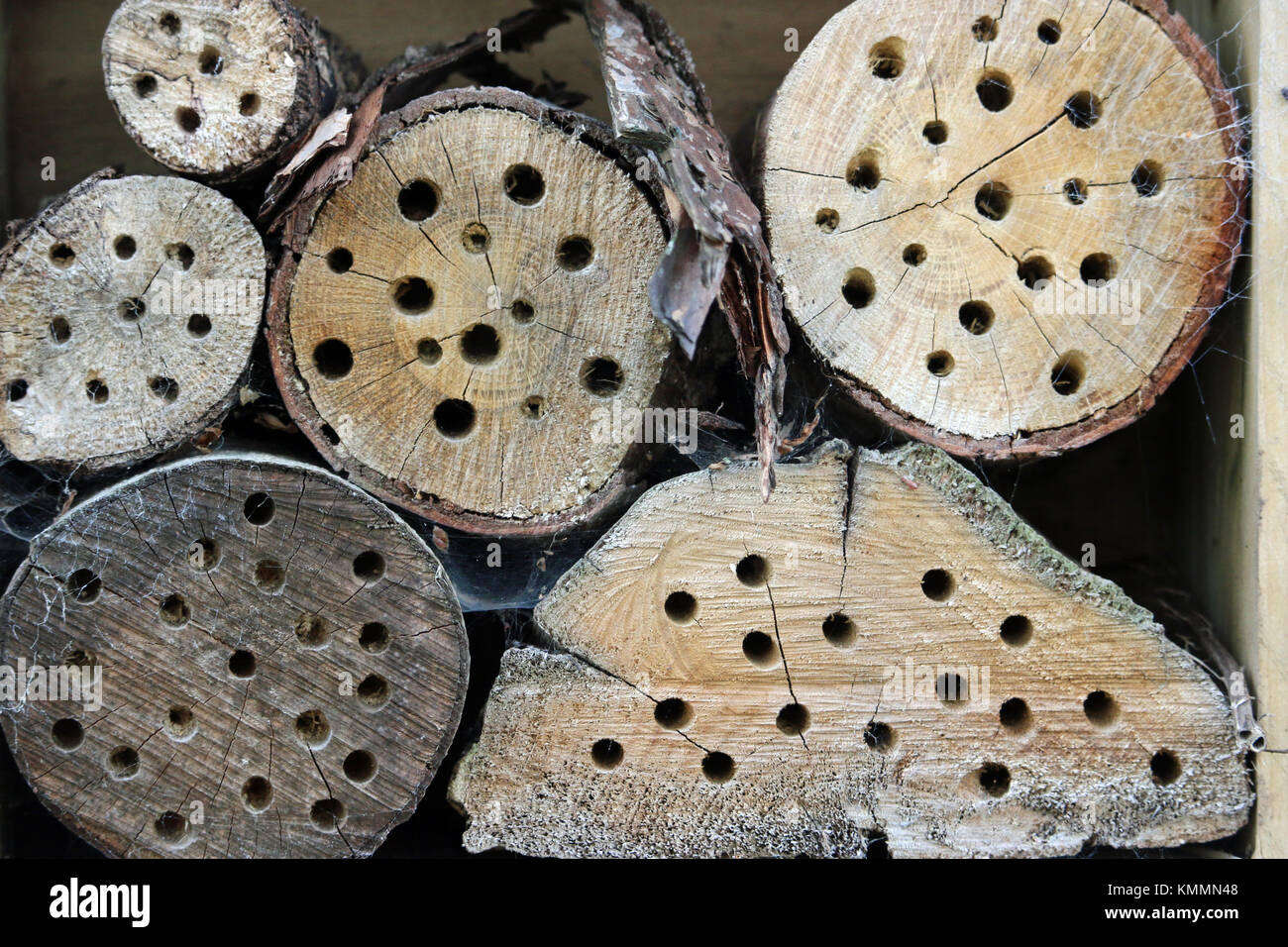
Credit: www.alamy.com
What Size Holes for a Bee Hotel?
If you want to attract bees to your garden, one way to do so is to build a bee hotel. But what size holes should you use for a bee hotel?
The answer depends on the type of bee you’re hoping to attract.
For instance, mason bees and leafcutter bees both nest in cavities that are about 6mm wide. So if you’re looking to attract either of those types of bees, make sure your bee hotel has holes that size.
But what about other types of bees?
Well, there are actually over 20,000 different species of bee in the world, so it’s impossible to give a definitive answer. However, as a general rule of thumb, most bees prefer nesting sites that are between 4mm and 8mm wide. So if you want to appeal to a wider range of bee species, make sure your bee hotel has a mix of hole sizes in that range.
Of course, it’s not just the size of the holes that matters – where you place your bee hotel is also important. Bees like sheltered spots that are close to sources of food (such as flowers). So try placing your bee hotel in a spot like that – chances are good that you’ll soon have plenty of buzzing visitors!
How Deep are Bee Hotel Holes?
Bees are essential pollinators and play a vital role in our ecosystem. By creating a bee hotel, you can provide them with a safe place to nest and help promote their populations. But how deep should the holes be for a bee hotel?
The depth of the holes in your bee hotel will depend on the type of bees you are trying to attract. For example, mason bees only need shallow holes (about 6-8mm deep), while leafcutter bees require deeper ones (around 12mm). You can find out more specific information about the nesting requirements of different types of bees online or from your local beekeepers association.
In general, it is best to drill or punch your holes before assembling your bee hotel. This will make it easier to get the right depth and also prevent damage to the structure itself. If you’re using bamboo tubes, you can simply cut them to size.
Once all of your holes are drilled or cut, you can start putting your bee hotel together!
Do Bugs Actually Use Bug Hotels?
Yes, bugs use bug hotels! Also known as “insect hotels,” these structures provide a place for beneficial insects to stay, lay their eggs, and overwinter. By doing so, they help pollinate flowers and plants, control pests, and aerate the soil.
While there are many different designs of bug hotels, they all share a common purpose: to provide a safe haven for our six-legged friends.
When Should You Clean Out a Bee Hotel?
A bee hotel, also known as a solitary bee house, is a structure designed to provide nesting sites for solitary bees. These bees are important pollinators of both crops and wildflowers, and they are generally not aggressive. Bee hotels can be purchased or made at home using a variety of materials.
The best time to clean out a bee hotel is in the late fall or early winter, after the bees have completed their nesting cycle and before the weather becomes too cold. At this time, you can remove any dead bees and debris from the nests, and make any necessary repairs. It’s also a good idea to check the bee hotel regularly throughout the season to make sure it remains in good condition.
FAQs Of How Big are the Holes in Bug Hotel!
What Are the Recommended Sizes for Holes in a Bug Hotel?
- The hole sizes can range from 2 mm to 10 mm in diameter. Smaller holes (2-5 mm) are typically used by small solitary bees, while larger holes (5-10 mm) are preferred by larger solitary bees and other insects.
Why Does the Size of the Holes Matter?
- Different species of insects require different sizes of holes for nesting and laying eggs. The size of the hole can determine which types of insects will use the bug hotel.
Are Larger Compartments Necessary in a Bug Hotel?
- Yes, larger compartments or spaces are important for insects like ladybugs, earwigs, and certain types of beetles, which require more space than what small holes provide.
How Deep Should the Holes Be in a Bug Hotel?
- The depth of the holes is also important. A depth of a few inches is usually suitable, as it allows sufficient space for insects like solitary bees to lay a series of eggs.
What Materials Are Best for Constructing the Holes?
- Natural materials like bamboo, drilled untreated wood, and hollow stems are ideal. It’s important that the materials are safe and non-toxic to insects.
How Many Holes Should a Bug Hotel Have?
- There’s no strict rule on the number of holes, but a variety of hole sizes can attract a wider range of species. The more diverse the hole sizes, the more diverse the potential inhabitants.
Does the Shape of the Hole Matter?
- Generally, round holes are preferred, but the exact shape can vary. The key is to ensure the holes are smooth and free of sharp edges that could harm the insects.
How Do I Protect the Insects from Predators?
- The design of the bug hotel should include considerations for predator protection, like placing it in a location that’s not easily accessible to birds or mammals.
Should I Clean the Holes in the Bug Hotel?
- Some maintenance is necessary, but it’s important not to over-clean, as some decay and residue are natural and beneficial for the insects.
Where Should I Place a Bug Hotel for Optimal Use?
- Place the bug hotel in a sheltered area, preferably where it can receive morning sunlight. Avoid placing it in areas that are prone to dampness or high winds.
Conclusion
Do you ever wonder how big the holes in a bug hotel are? Well, according to this blog post, they can be anywhere from 2mm to 10mm in diameter! The author goes on to say that the size of the hole is important because it determines what kind of bugs can live there.
For example, smaller holes are perfect for ladybugs and earwigs, while larger ones can accommodate bees and wasps.
So next time you’re admiring a bug hotel, take a closer look at the holes and see what kinds of critters might be calling it home!

“My name is Leo Jacob, and I hold a Bachelor of Science degree with Honors in Applied Environmental Science and Sustainability from the University of the West of Scotland. Since childhood, I’ve been passionate about living an eco-friendly life. After completing my studies, I dedicated myself to finding simple ways to lead a more environmentally conscious lifestyle. I launched ecolifely.com to share my educational background and practical experiences with everyone, hoping to inspire others to join me in creating a greener, more sustainable world.”

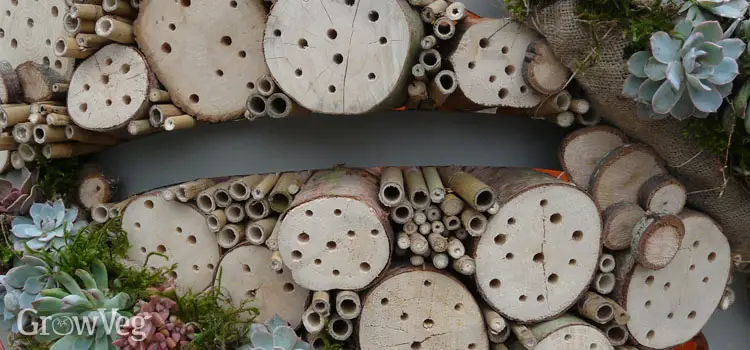

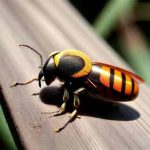

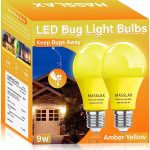




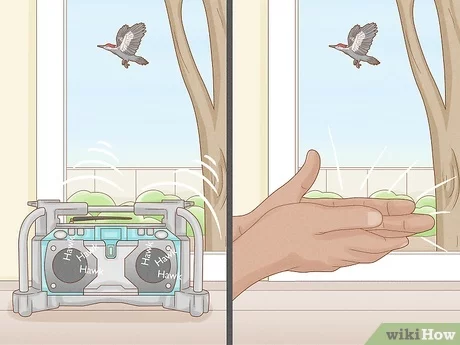

Leave a Reply